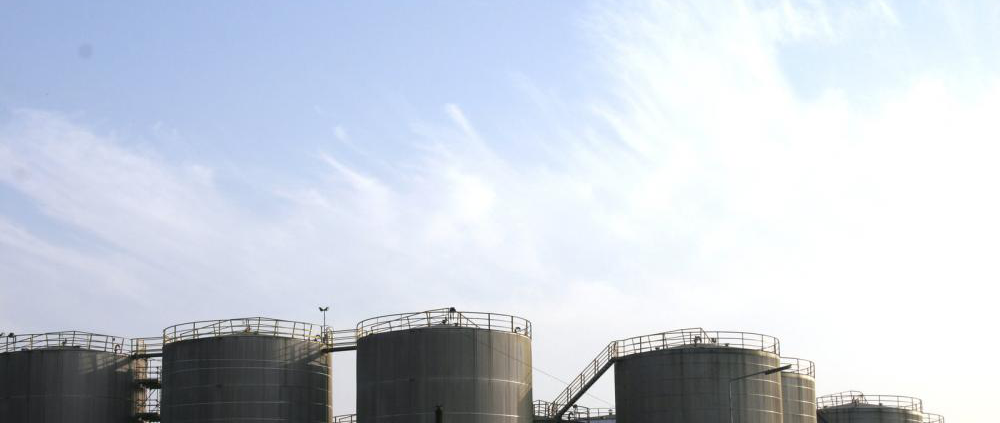FRP Tank Installation 101: All You Need to Know
Unloading and relocating fiberglass reinforced plastic (FRP) tanks to their new locations require well-managed logistics operations. Once all installation processes are complete, you need to thoroughly inspect the tank to make sure it isn’t compromised in any way.
If you’re new to handling FRP tanks, here’s a useful guide on the basics of tank installation and inspection.
FRP Tank Installation Basics
Floor Preparation
Before you begin installing the tank, you must make sure that the ground where it will be placed is level—so that pressure distribution is even inside the tank. Sand, concrete, or pea gravel are good flooring substrates, but you need to ensure there aren’t any jagged edges on the floor where the tank will be placed.
Tank Unloading
The knuckle booms used to unload the tanks off the semi-trucks can help make the task easier. Each tank will have lift points placed near the top and along the sides. The boom can be used to lift the tank straight up and then vertically and then safely placed on the ground.
You’ll need a front-end loader or a forklift to properly position the tank and place it upright once it’s unloaded. Make sure you know how much each tank weighs so that you use a forklift that is designed to handle the weight. The boom operator can then switch the hooking to the top of the tank to place it vertically. Once the tanks are strapped to the forklift, use spotters to help you bring them indoors.

Valves and Fixtures
Valves, fittings, and other plumbing fixtures are installed after the tanks have been delivered and placed. While there are several choices for fixtures and fittings, it’s recommended that you use ones that are compatible with the materials you intend to store in the tank. Moreover, make sure to ask the manufacturer the levels of torque (compression force) that can be applied to the fiberglass when tightening the valves and fixtures.
Once the tank system is completely plumbed, fill one of them with water for about a day or two to ensure there aren’t any leaks through the tank or around the plumbing. If you don’t have any leaks in the tank, pump the water from the tank into the next one and repeat the process till you’re done testing all your tanks.
Outdoor Tanks
If you plan on placing your tanks outdoors, use tie-downs to secure and prevent them from tipping over due to developing cracks due to the wind. Tie-downs will also prevent accumulated rainwater from lifting the tanks in outdoor containment areas.
Avoid over-tightening the tie-downs to prevent pulling the metal hooks away from the tanks. Keep them tight enough to stay secure during a storm. Inspect the cables annually for tension.
If you’re planning on purchasing fiberglass tanks for your industrial operations, it’s recommended that professionals install and inspect them.
We are an esteemed fiberglass Piping, tank repair, installation, and tank inspection services provider based in Lake City, FL. As an industry leader in the fiberglass business since 1976, we’ve conducted countless in-field custom installation and repair projects with some of the largest companies in the world.
Get in touch with us today for more information or call us at (386) 758-0057.



